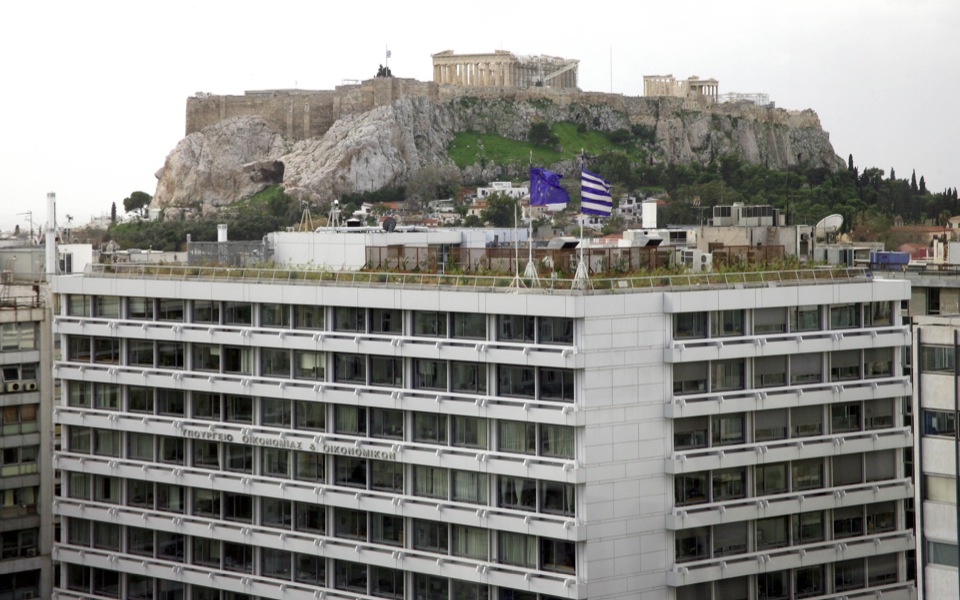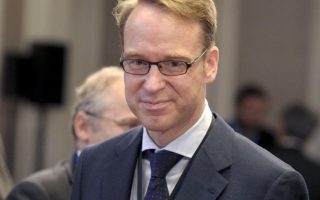Greek economy growth slows instead of picking up

Instead of jumping at the prospect of emerging from the bailout program, Greece’s annual growth rate slowed in the second quarter of the year, attaining just 1.8 percent against 2.5 percent in the January-March period, provisional Hellenic Statistical Authority figures showed on Monday.
The first-quarter growth rate was revised from 2.3 percent to 2.5 percent and the mean rate of the first half of the year came to 2.1 percent. Given that the annual target is for 2 percent growth, a 1.9 percent expansion in the second half of the year would suffice.
On a quarterly basis the economy expanded by just 0.2 percent in the April-June period, down from 0.9 percent in the first three months of the year.
Gross domestic product remained in positive territory for a second consecutive quarter, both on an annual and a quarterly basis, confirming the economy’s exit from its long recession.
However, growth remains weak, while hopes for a jump in GDP have vanished and expectations of a swift and secure return to robust economic expansion have been proven wrong. Analysts note that the balance remains delicate and could be tipped back to negative by any backtracking in economic policy.
Speaking to Kathimerini, Nikos Vettas, director general at the Foundation for Economic and Industrial Research (IOBE), expressed his concern about investments and noted that the consolidation of a climate of trust in the economy remains a distant prospect.
“The weak course of investments creates worries not only for this year but also regarding the momentum of the post-program period in general. It will take some coordinated moves and persistence for confidence to be consolidated; when that happens it will become evident through the improvement of all indexes reflecting expectations, from bank deposits to property prices and from the stock market to foreign direct investment. Our economy remains a long way from that,” he stated.
Investment was reduced by 5.4 percent in the second quarter year-on-year, following the 10.3 percent decline in the first quarter of the year. The annual consumption pace increased from zero in Q1 to 1 percent in Q2.





